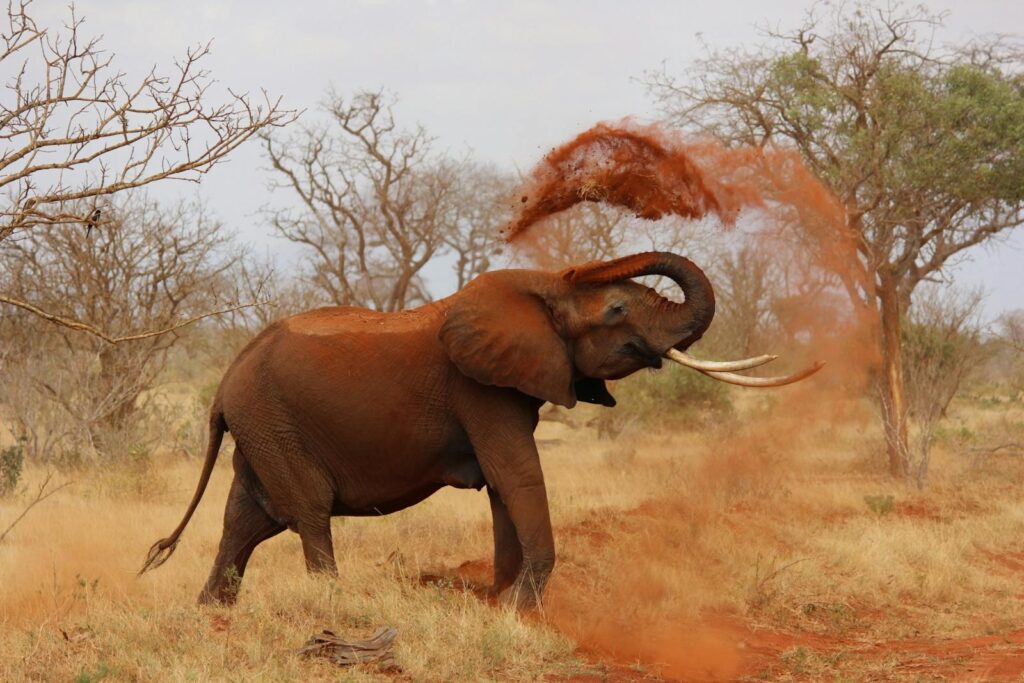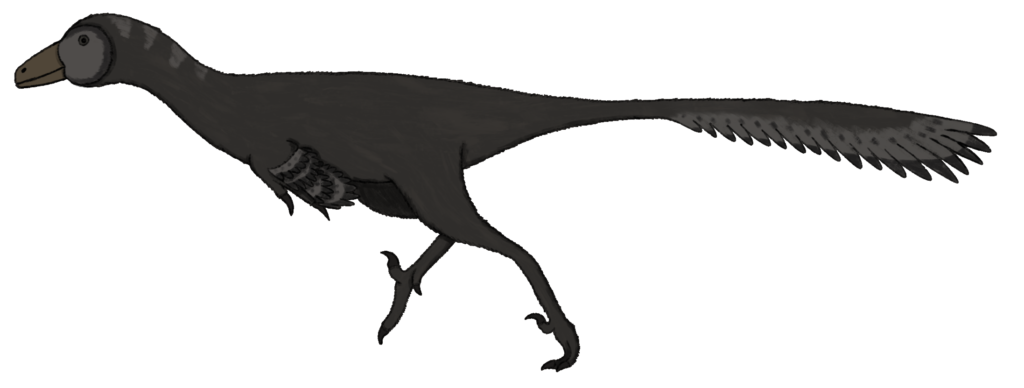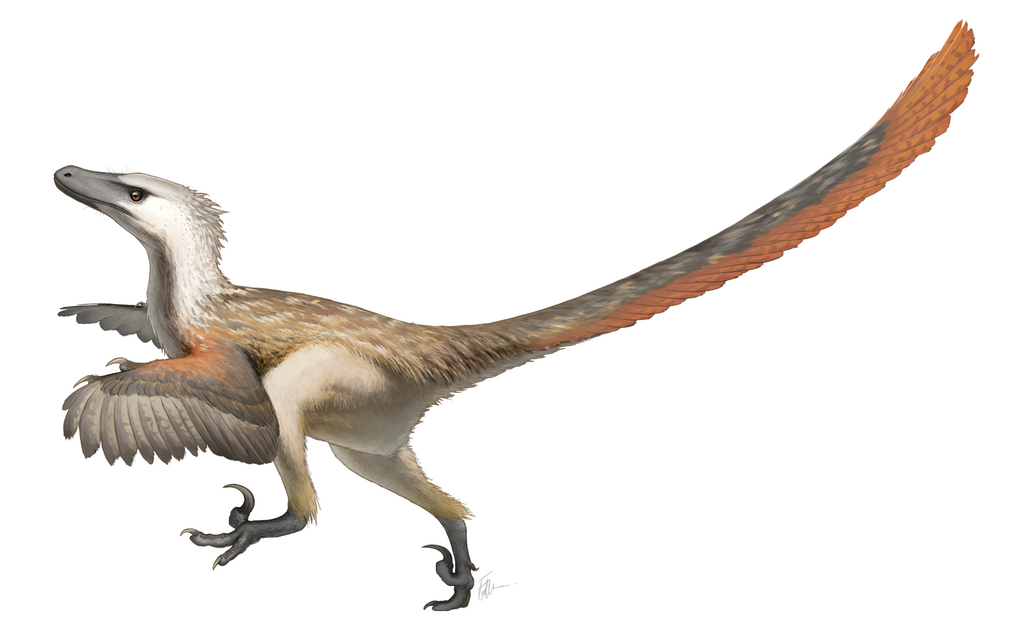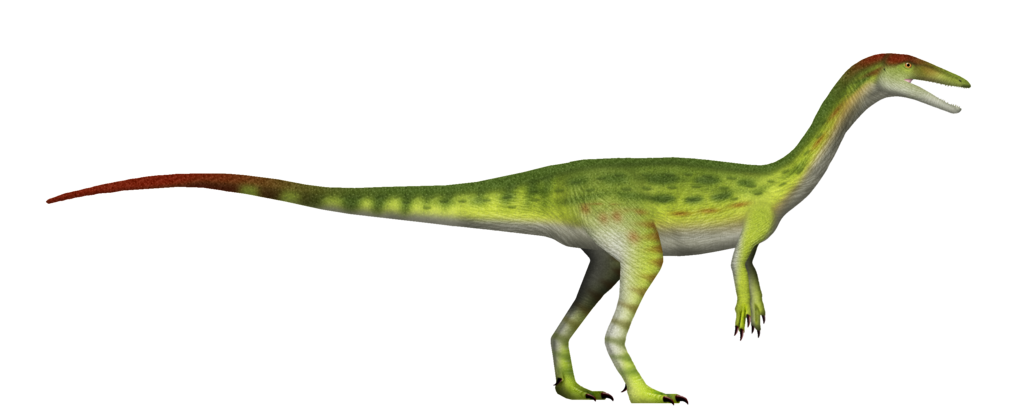The question of whether human civilization could have emerged in a world where dinosaurs remained the dominant life forms is a fascinating thought experiment that blends paleontology, evolutionary biology, and speculative science. For 165 million years, dinosaurs ruled Earth before their sudden extinction approximately 66 million years ago, creating an ecological vacuum that mammals eventually filled. This extinction event, likely caused by an asteroid impact, fundamentally redirected evolution’s path and ultimately allowed for the rise of primates and eventually humans. But what if that asteroid had missed Earth entirely? Would intelligent, tool-using hominids have ever evolved alongside tyrannosaurs and triceratops? This article explores this intriguing counterfactual scenario and examines whether human civilization as we know it could have emerged in a world where the terrible lizards never relinquished their dominance.
The Dinosaur Dominance Factor

During the Mesozoic Era, dinosaurs occupied virtually every significant ecological niche across land environments. Large predatory dinosaurs like Tyrannosaurus rex and Allosaurus dominated as apex predators, while massive sauropods like Brachiosaurus became the primary large herbivores. The mid-sized ecological spaces were filled with a diverse array of ceratopsians, hadrosaurs, and other dinosaur groups. This left mammals relegated primarily to small, nocturnal niches—typically rat-sized creatures that evolved specialized traits to survive by avoiding dinosaur activity. This ecological suppression continued for over 100 million years, effectively preventing mammals from exploring evolutionary pathways that might lead to larger-bodied, diurnal species. The complete domination of terrestrial ecosystems by dinosaurs created an evolutionary ceiling that mammals simply could not break through while the dinosaurs remained.
Mammals in the Shadow of Giants

The earliest mammals evolved during the Triassic Period, approximately 220 million years ago, and shared the planet with dinosaurs for over 150 million years. However, throughout this extensive coexistence, these early mammals remained small, typically weighing less than a pound, and primarily nocturnal—adaptations that helped them avoid predation by dinosaurs. Fossil evidence indicates that many early mammals were shrew-like insectivores that occupied ecological niches that dinosaurs simply couldn’t exploit efficiently. This evolutionary strategy allowed mammals to survive, but severely constrained their potential for developing larger brains and bodies. Without the dinosaurs’ extinction, the biological prerequisites for primates and eventually humans—including larger body size, diurnal activity patterns, and expanded brain capacity—would likely never have had the opportunity to evolve naturally in mammals.
The Primate Evolutionary Pathway

The evolution of primates followed a specific trajectory that began after the dinosaur extinction event created new ecological opportunities. Early primates evolved approximately 55-65 million years ago, developing adaptations for life in trees, including grasping hands, stereoscopic vision, and increased brain size. These adaptations emerged in response to specific ecological pressures in a post-dinosaur world, particularly the expansion of flowering plants and forests that created new arboreal niches. Had dinosaurs continued to dominate, the specific selective pressures that favored these primate adaptations might never have materialized. Some dinosaur groups, particularly the smaller, agile theropods, would likely have evolved to fill many of the arboreal niches that primates eventually occupied, potentially preventing primate evolution altogether or limiting them to highly specialized and restricted ecological zones.
Ecological Niches and Evolutionary Opportunities

Evolution operates largely through the filling of available ecological niches, and the sudden removal of dinosaurs created unprecedented opportunities for mammals. The dinosaur extinction eliminated competitors and predators, allowing mammals to expand into newly vacant niches and increase in diversity, size, and ecological significance. This ecological release triggered an evolutionary explosion in mammalian forms during the early Cenozoic Era, known as the “Age of Mammals.” Had dinosaurs continued their evolutionary trajectory, they would have likely continued adapting and diversifying themselves, maintaining their hold on key ecological niches. The evolutionary pressure on mammals would have remained focused on specialized adaptations for avoiding dinosaurs rather than developing the traits that eventually led to humans. Essentially, mammals would have continued evolving, but along radically different evolutionary pathways that likely wouldn’t lead to human-like intelligence.
Intelligence Among the Dinosaurs

While mammals eventually evolved human-level intelligence in our timeline, there’s compelling evidence that some dinosaur lineages were developing increased cognitive capabilities before their extinction. Troodontids and other small theropod dinosaurs possessed relatively large brains for their body size, with brain-to-body mass ratios approaching those of some modern birds. Some paleontologists suggest that had dinosaurs continued evolving for another 66 million years, these already intelligent lineages might have developed even more sophisticated cognitive abilities. The dinosaur group that gave rise to birds (maniraptoran theropods) showed particular promise for evolving intelligence, as evidenced by the cognitive capabilities of modern corvids and parrots. Rather than mammals evolving human-like intelligence, a dinosaur-dominated world might have seen the evolution of intelligent, tool-using dinosaur descendants—perhaps similar to the speculative “dinosauroid” hypothesized by paleontologist Dale Russell.
Climate and Environmental Factors

The climate and environment of the late Cretaceous Period differed significantly from those that existed during human evolution, and these conditions would have persisted in a world where dinosaurs remained dominant. Greenhouse conditions with higher average temperatures and no polar ice caps characterized the dinosaur era, creating environmental conditions that shaped dinosaur physiology and ecology. Human ancestors evolved during the cooling trend of the late Cenozoic, which created the African savannas where bipedalism and other human traits became advantageous. The persistence of Cretaceous climate patterns would have maintained environmental conditions favoring dinosaur physiology while creating additional challenges for mammalian adaptation. These climate factors would have further reinforced dinosaur dominance and potentially prevented the specific environmental conditions that prompted human evolution from ever developing.
Competitive Exclusion Principles

The ecological principle of competitive exclusion states that two species cannot indefinitely occupy the same ecological niche in the same environment. This principle helps explain why mammals remained small and specialized during the dinosaur era—dinosaurs simply outcompeted mammals for most terrestrial niches. Any mammal lineage that attempted to expand into niches dominated by dinosaurs would have faced overwhelming competition from organisms that had spent millions of years adapting to those ecological roles. The presence of predatory dinosaurs would have been particularly limiting for any potential hominid ancestors, as large-bodied, ground-dwelling mammals would have been exceptionally vulnerable to predation. Without the extinction of dinosaurs creating ecological space, mammals would have remained trapped in their small-bodied, nocturnal niches due to competitive exclusion, effectively preventing the evolution of the human lineage.
Resource Allocation and Brain Development

The development of large, energy-demanding brains requires specific ecological and evolutionary circumstances, including reliable access to nutrient-dense foods and relative safety from predators. In a dinosaur-dominated world, mammals would likely have continued facing intense predation pressure, forcing them to allocate energy resources toward immediate survival rather than brain development. The constant threat from dinosaur predators would have favored quick reflexes, high reproductive rates, and other survival adaptations rather than the energy-expensive proposition of developing larger brains. Additionally, competition with dinosaurs for food resources would have limited mammals’ access to the high-calorie diets necessary to support large brain development. These resource allocation constraints would have created a significant barrier to the evolution of the large-brained primates that eventually gave rise to humans in our timeline.
Alternative Paths to Intelligence

While human civilization might never have emerged in a dinosaur-dominated world, this doesn’t necessarily mean that intelligent life would have been impossible. Evolution operates opportunistically, and the continued evolution of dinosaurs might have produced different forms of intelligence that humans would barely recognize. Some dinosaur lineages, particularly among the maniraptoran theropods (the group that includes Velociraptor and modern birds), showed evolutionary trends toward increased brain size relative to body mass. Given tens of millions more years of evolution, these dinosaur lineages might have developed advanced problem-solving abilities, complex social structures, and potentially even technological capabilities. The resulting intelligent species would likely have been fundamentally different from humans—perhaps resembling hyper-intelligent descendants of birds with manipulative appendages derived from modified forelimbs—but could conceivably have built their form of civilization adapted to their specific physical capabilities and needs.
Technological Development Without Hands

One of the most significant challenges to the development of civilization in a dinosaur-dominated world relates to the physical manipulation of objects. Human technological development depended critically on our hands, with their opposable thumbs and precise grip capabilities that evolved initially for arboreal locomotion in our primate ancestors. Most dinosaur lineages lacked comparable manipulative appendages, with theropods having forelimbs that were often specialized for predation rather than manipulation. While some smaller theropods did possess three-fingered hands with a degree of grasping ability, they generally lacked the manual dexterity that characterizes primates. Any dinosaur civilization would have faced substantial challenges in developing and manipulating tools, potentially limiting technological advancement. Alternative evolutionary paths might have included specialized beak structures combined with foot manipulation (as seen in some modern parrots) or the evolution of more dexterous forelimbs in certain dinosaur lineages over tens of millions of years.
The Fire Factor in Technological Development

The controlled use of fire represents one of the most crucial technological advancements in human prehistory, enabling cooking (which increased nutrient availability), protection from predators, climate adaptation, and eventually metallurgy and numerous other technologies. In a world still dominated by dinosaurs, the development and control of fire would have presented unique challenges. Many dinosaurs, particularly the larger species, might have evolved innate fear responses to fire due to natural forest fires during the Mesozoic Era. Any intelligent dinosaur descendants would have needed to overcome this potential instinctive aversion to utilize fire effectively. Additionally, the physical challenge of gathering fuel and controlling flames without primate-like hands would have presented substantial obstacles. These limitations might have directed any dinosaurian intelligence toward entirely different technological pathways that didn’t rely on fire manipulation, potentially creating forms of civilization fundamentally different from anything in human experience.
Social Structures and Civilization Foundations

Human civilization emerged partially from our species’ highly social nature and complex cooperative behaviors, traits with deep evolutionary roots in our primate ancestry. While many dinosaur species showed evidence of social behavior, including herding among herbivores and pack hunting among some theropods, these social structures differed significantly from primate sociality. Fossil evidence suggests that some dinosaurs, particularly ceratopsians like Protoceratops and theropods like Tyrannosaurus, may have engaged in parental care and potentially complex social interactions. Had evolution continued, these social tendencies might have become more sophisticated over millions of years. A dinosaurian civilization might have developed from different social foundations—perhaps built around complex hierarchical structures more similar to those observed in some modern birds than the family-based social units that characterized early human societies. These alternative social structures would have produced different forms of cultural development, resource sharing, and potentially technological advancement.
Conclusion: Parallel Evolutionary Destinies

The question of human civilization in a dinosaur-dominated world ultimately reveals the profound contingency of evolutionary history. Had dinosaurs continued their reign uninterrupted by asteroid impact, mammals would likely have remained evolutionary sidekicks rather than taking center stage. Human beings, with our particular combination of traits—large brains, bipedal locomotion, manipulative hands, and complex social structures—represent the product of specific evolutionary pressures that simply wouldn’t have existed in a world where dinosaurs remained dominant. However, this doesn’t mean that intelligence and potentially civilization couldn’t have evolved through different pathways. Given enough time, dinosaur lineages might have produced their forms of intelligence, technology, and social complexity—a parallel but profoundly alien evolutionary destiny that would have created a world beyond our imagination. While humans would almost certainly never have evolved in this alternative history, the Earth might still have witnessed the emergence of minds capable of contemplating the stars, just not human ones.




